Best 18V Cordless Circular Saws – Head to Head
This article was written by Phil Benevides. Photos by Ethan Bickford and Robert Robillard
18 Volt Cordless Circular Saw Comparison Testing
Here at Tool Box Buzz we took an extensive look at the major 18-Volt cordless circular saw models on the market to see how they compared. With hours of cutting and critical analysis of each saw’s features and performance we are providing readers with a comprehensive look at each saw’s bright-spots and areas for improvement. These tools allow you to take a standard framing tool ANYWHERE on the job site with out worrying about getting extension cords to the work space, overloading the circuit your drawing from, or stealing power from another worker. These are incredibly flexible and versatile tools that are showing up on more and more job sites.
I know what you may be thinking; really, cordless? Yes, cordless! Cordless technology has made leaps and bounds from the prehistoric light duty Ni-Cad tools we often think of when considering cordless tools. Underpowered, expensive, and with unrealistically short run-times for professional use. Let me assure you these cordless circular saws have the power, endurance, and features that stand up to the use and abuse professional contractors and carpenters put on their tools. Now that your convinced, let’s check out the tools featured in the head to head.
MODELS FEATURED IN THE TEST
- Bosch CCS180 [18 Volt with 4.0 Ah Battery]
- DEWALT DCS391 [18 Volt with 4.0 Ah Battery]
- Hitachi C18DSL [18 Volt with 3.0 Ah Battery]
- Milwaukee M18 2630-20 [18 Volt with 3.0 Ah Battery]
- Milwaukee FUEL 2730-22 [18 Volt with 4.0 Ah Battery]
- RIDGID R8651 [18 Volt with 4.0 Ah Battery]
For this test we chucked the stock blades that come with each model and standardized the blades using 6-1/2″ Finish Blades provided by Milwaukee Electric Tool Corporation. We chose finish blades to really stress these saws during our rip test on 3/4″ Advantec Sub-Floor Plywood. Additionally, we cut stringers with each model and after a few cuts began to punish the tools with intentional binding. And finally, we put the best three saws up against a punishing LVL rip test, using DEWALT framing blades.
The one major variable we couldn’t control was the batteries shipped with the saws, hence the 3.0 Ah batteries tested on the Hitachi and M18 models. Regardless, the combination of our field tests and in depth scrutiny of each feature, design choice, and functionality of these saws, we here at ACC can say with confidence we’ve given you EVERYTHING you need to make the right choice for the cordless saw that suits your needs. Also check out this Video Recap of Tool Box Buzz’s 18 Volt Cordless Saw Head to Head. Enjoy!
BLADE CHANGE WINNER – DEWALT
Blade change is the most basic and most frequent type of maintenance you’ll perform on your circular saw, whether you are changing a blade that is past its prime or changing a blade for a different cutting application, quick, efficient, and simple blade change is an important factor for professional users. In this category we found the DEWALT DCS391 to be the best in class. The DEWALT DCS391 features a sleek skeleton design that allows for access to most components like the easy to reach blade lock button for blade change, no obstructions and plenty of space to perform the blade change. Additionally the on board storage for Allen wrench features snug fit for security. Overall a very easy blade change and therefore VERY quick. The Milwaukee M18 2630-20 was also designed with an open concept for blade change. The on board storage for Allen wrench is in the front handle, that is keyed for exact fit of the Allen wrench. The blade lock button is easy to get to for an overall great blade change.
The Hitachi C18DSL although does not feature on board storage for the blade change, rather a loose T-wrench, it does feature a connected washer on the blade gusset bolt that you can’t lose and a blade lock button that is super easy to get to, and you can FEEL the blade lock down, making for a smooth blade change, as long as you have your wrench…
ERGONOMICS WINNER – TIE DEWALT & MILWUAKEE FUEL
The weight, balance, feel and overall ergonomics of a tool can have a big impact on the user when making repetitive cuts all day. These characteristics can be somewhat subjective, but here at TBB we had several of our carpenters, writers, and editors contribute their inputs after using these saws. Deciding between the DEWALT and the FUEL was too difficult, so we called this one a tie. Both saws are well balanced and light. The skeleton design of the saws stretches the blade, motor and battery across the plane of the working surface of the saw. Both saws feature an aggressive almost inline handle parallel with the work piece. Both handles are comfortable to hold and adjustments well designed. Too close to call.
Notable models include the Hitachi C18DSL with a similar design as the winning saws but falls short when considering the ergonomics of the entire saw, including adjustments like the knobs for bevel, depth, and blade guard. In short the Hitachi model has a well designed grip, easily accessible blade lock button, and an overall balanced saw but just about everything else makes for clunky operation. The Ridgid saw has a drastically different design compared to the DEWALT and FUEL, but the feel is great, and all the accompanying knobs, pulls, etc. are also easy to get to, adjust, and re-adjust. High marks for the design of this model, the saw is very comfortable to cut with and adjust as needed!
BEVEL SETTINGS WINNER – RIDGID
Second to depth setting the beveling of the saw is one of the most important adjustment you’ll make and use on a circular saw, being able to find and set the angle accurately on the tool is an important feature for framing applications. Ridgid’s R8651 impressed us in this category and was determined best in class. Overall the saws are all comparable in regards to bevel range maxing out at 50 degrees, but the Ridgid boasted the most impressive bevel settings with an easy to see white on magnesium PAINTED dial, an easy to use lever with the ability to adjust to the operator’s preference (loose or tight), AND positive stops at 0, 15, 22-1/2, and 45 degrees. Very nice feature for one of the most affordable of the saws tested.
DEPTH SETTINGS WINNER – MILWAUKEE FUEL
Depth of cut range only differed by an 1/8″ in all saws tested, so actual cutting capability wasn’t a major factor in the comparison. So the major discriminator in this category was the depth of cut gauge, which is an often overlooked feature and not many models had well thought out and executed gauges, but THIS is where the FUEL shined. First and foremost the scale for depth of cut on the 2730-22 faces the operator on the blade guard, you can easily see it when looking at the saw from behind, additionally the mark that denotes the position of the blade can also be seen from behind, which is rare among the competition. Finally, the bonus features for the FUEL includes a red mark making it really stand out to the eye, and for common cut depths 2″, 1-1/2″, 1″, etc. there are grooves in the scale, so that red mark actually becomes more visible once the saw is set to those common depths. An excellent design that is executed to perfection.
SIGHT LINE WINNER – DEWALT
When making money cuts with a circular saw you want to be able to sight the blade from both sides to ensure that regardless of angle, direction, or orientation you can keep the blade line for that perfect cut. In this category DEWALT easily out performed the competition. The aggressive in line design of the DCS391 and open design of the shoe and guard make siting the blade on this saw incredibly easy from either the blade OR motor side. This enhanced blade visibility makes complicated cuts like cutting stringers or seat cuts in rafters super accurate.
Additionally we found the Ridgid R8651 to be a good example of a saw with a strong blade sighting design. The blade side sighting on this saw is very good, although the oversized blade guard tab, when maxed out can obstruct the site line. The motor side sight is well thought out with a clear cut out of the blade guard that opens the area to sight cuts when looking from the motor side, although like most saws, sighting from the motor side can be awkward as you lean over the saw. Finally, the Ridgid features some high end extras like a blower to keep dust from covering your line and a LED light.
The FUEL has a great blade side sighting, but like many saws the motor side sight is obstructed by the blade guard and motor. In this case the guard is tight against the motor and body leaving only a small space available to sight the blade. Fortunately the Fuel, much like the Ridgid model, has the Cadillac features, dust blower and LED light, that enhances sighting the blade during cuts.
ENDURANCE WINNER – BOSCH
When it comes to specifications, features, adjustments, or innovations of a tool, at the end of the day what matters most is that tool’s primary task. So for circular saws, run time during heavy duty applications is a major discriminator for best overall saw. We tested these saws cutting 1/2″ rips of 3/4″ Advantec Sub-Floor Plywood and our results were a bit surprising. The Bosch unexpectedly beat out the brush-less Milwaukee on our first round of rips on 3/4-inch AdvanTech Sub-Floor plywood, so we repeated the test swapping the operators to help account for the difference in user and the Bosch STILL beat out the Fuel cutting an average of 228 feet of plywood on one charge, about 20 more feet than the Fuel. Making it the best in class in our endurance test.
The Milwaukee FUEL was a favorite going into this assessment on our head to head and it performed well cutting through over 200 feet of plywood on one charge. Despite this “upset” on endurance on standard building material, where the fuel shines is in the Power category, so no need to be disappointed FUEL Fans. Finally the DEWALT model performed admirably placing third with over 150 feet of rips during the test. Needless to say these three saws produced a lot of saw dust during our head to head comparison. The overall results are displayed in the bar graph below.
POWER WINNER – MILWAUKEE FUEL
To further challenge the power of these tools we cut stringers and intentionally attempted to bind the saws with crooked cuts and put them up against engineered LVL beams, a super hard framing material. As previously mentioned these cordless circular saws are not your grandfather’s cordless tools, these modern lithium ion powered circular saws have the power to go toe to toe with corded saws. A great example of this and our best in class for power is the Milwaukee FUEL.
The FUEL performed exceptionally well during the stress test where we punished the saws by intentionally binding the blade during stringer cuts. The FUEL was so powerful that when attempting to turn the blade to bind it the saw it continued to cut leaving a curved kerf, much like the cut you’d see on a jig saw. VERY impressive. Also in the LVL rip test the Fuel out performed the competition by 30 to 40 percent ripping 48 feet of engineered lumber. This saw definitely can go toe to toe with a corded saw.
The DEWALT DCS391 ranked second with 32 feet of LVL rips and had the power to continue its blade’s rotation, cutting through material despite the crooked cuts on the stringer test. Additionally, since kick back was a concern during this test I took safety measures to ensure I could control the saw if kick back did occur the DEWALT had the power to plow through the lumber and never pinched or kicked back on me. Finally Bosch’s CCS180 proved itself during the power test ripping 28 feet of LVL and intentional binding during stringer cuts. We were able to shut down the saw from overload at the extremes of our crooked cuts, but the CCS180 still out performed the rest of the field not included in this section as the remaining competitors saws were able to be seized during the stress test more easily, but with varying effort.
BATTERY CHARGE TIME WINNER – TIE HITACHI & RIDGID
Battery charge time is an extremely important consideration when you use a cordless tool consistently and know you’ll be draining the battery throughout the work day. Being able to rely on a freshly charged battery while you drain another is crucial to keep you working efficiently and effectively.
We here at TBB used time elapsed photography to record the charge times of all the models tested and found Hitachi to charge the fastest at 53 minutes, although it was equipped with a 3.0 Ah battery, followed by Ridgid with a 55 minute charge time, which we ultimately called a tie given the difference of battery and the deviation of only 2 minutes. The overall results are displayed in the bar graph below and remember SHORTER is better in this category.
VALUE WINNER – RIDGID
Considering how competitive the residential contracting market is, price point is an important factor for professionals, as it is for the serious DIYer who may only use the tool two to three times a year. Given the performance and features of the tools we rated the Ridgid as best value.
The Ridgid R8651 not only performed well in the the head to head, overall a middle of the pack saw, but it comes standard with a lot of high end features like an LED light, dust blower, and well executed adjustments. Overall the best value for what you get. This saw is best suited as a medium duty, trim saw, for general use. The bare saw can be found online or in stores at under $100. Another great value is the Milwaukee M18 2630-22, also a middle of the pack saw with a competitive price point, it doesn’t have the bells and whistles of the FUEL or Ridgid, but it is extremely rugged and compared to the Ridgid, has more legs and more power overall, much better suited for framing. The bare saw can be found online or in stores at around $100.
OVERALL WINNER – MILWAUKEE FUEL
The Milwaukee FUEL with it’s brush-less motor, high end features; rafter hook, LED light, and dust blower, and always heavy duty construction make it an easy choice as the overall winner. Additionally it shined as the winner in the ergonomics, depth setting, and power categories and probably most importantly displayed its legs on the job-site just falling short of the Bosch CCS180 by 20 feet on our endurance test. The DEWALT DCS391 was a favorite of the TBB team after the test. It’s sleek design, user friendly adjustments, endurance, and power make it a close second to the FUEL. Hands down this is a great saw, with professional performance, and job-site tested durability.
The Bosch CCS180 really proved itself in the endurance assessment leading the pack with over 220 feet of plywood ripped on ONE charge. The Bosch stayed in the middle of the pack in most other categories and didn’t get a shout out for any other category except power. But we named this a top contender for overall saw since at the end of the day the number of cuts and the power the saw delivers is the most important feature a saw can have. If you like THIS article check out our other HEAD TO HEAD Articles, like the Track Saw Shootout!
About the author
1 Comment
Leave a comment
Disclosure
Product reviews on this site contain our opinion of a product or service. We will always strive for objectivity and transparency in our reviews. Our goal is to provide readers with honest, objective information based on our own experiences. We never have and never will accept payment in exchange for a positive review. Many of the products that we review are provided to us for free by a manufacturer or retailer. In some cases, we also have advertising or affiliate relationships with manufacturers and retailers of products and services we review. For additional information please visit our additional disclosure policies.











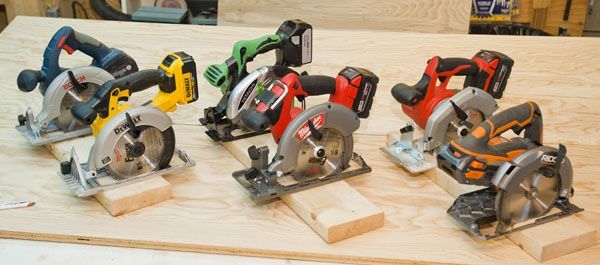
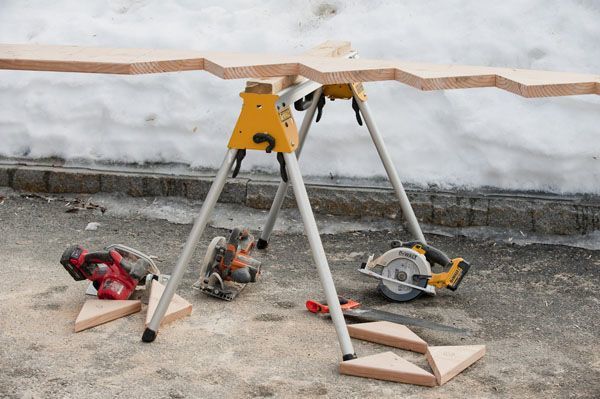
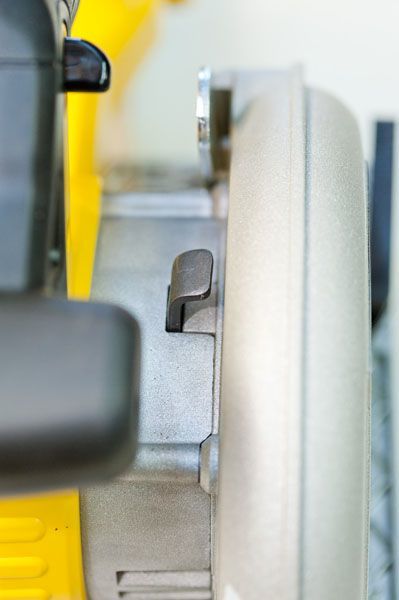
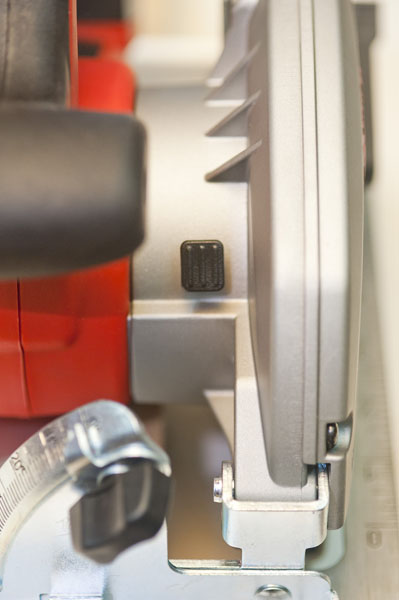
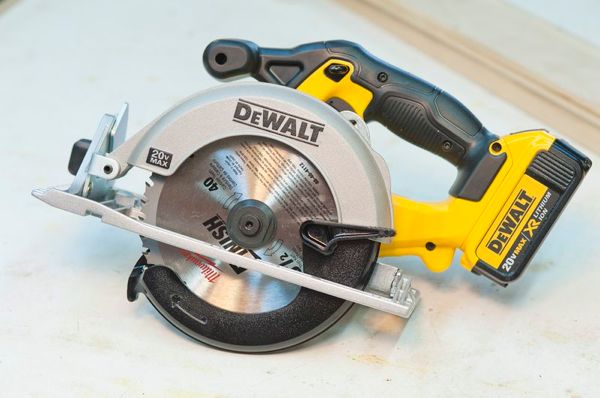
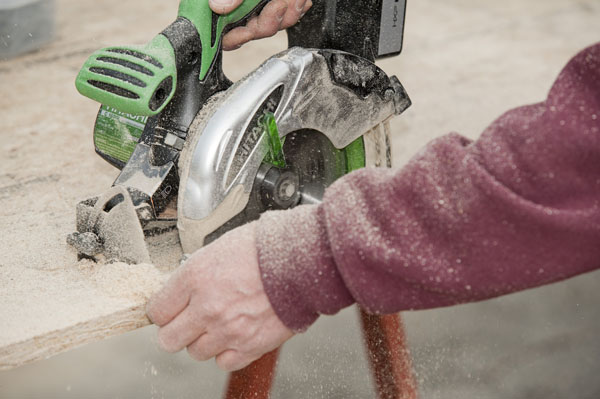
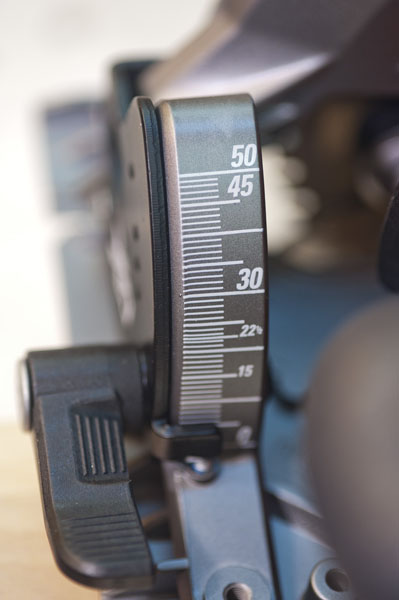
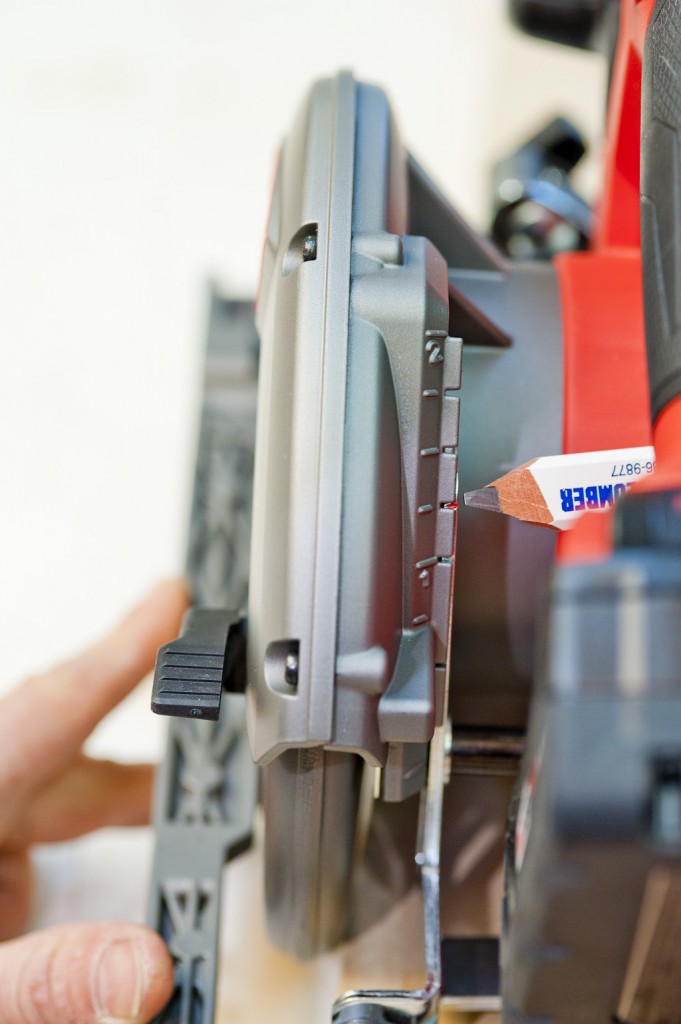
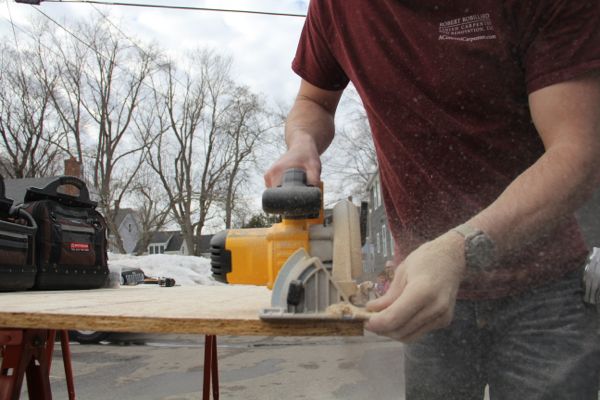
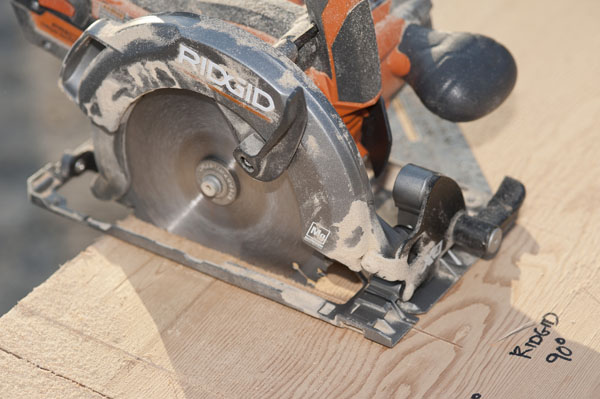
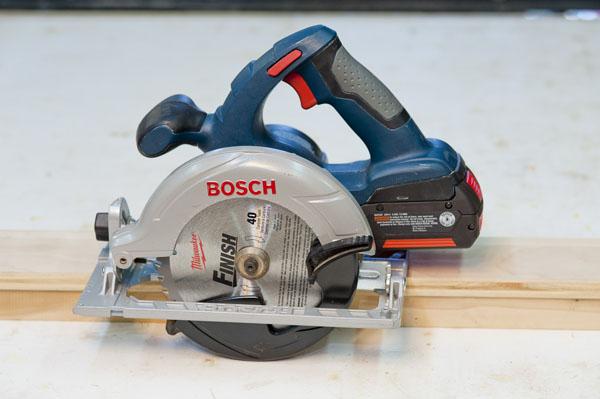
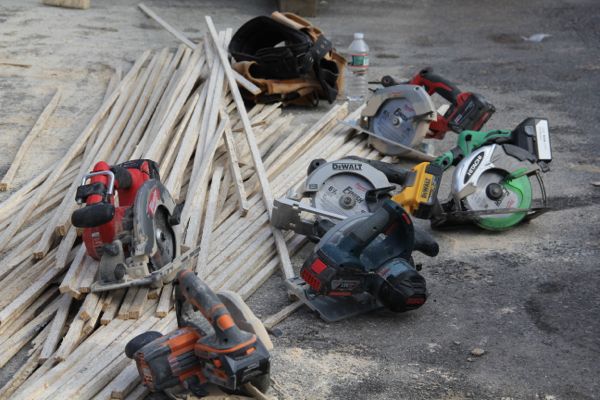
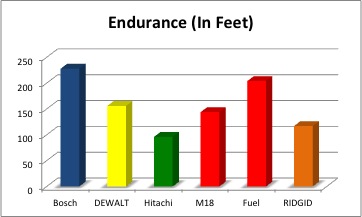
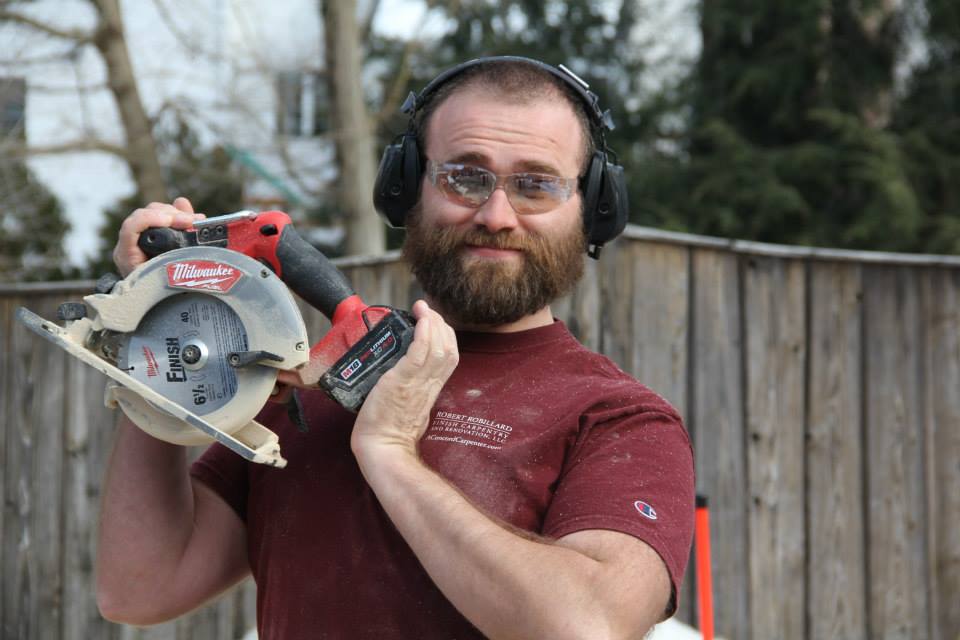
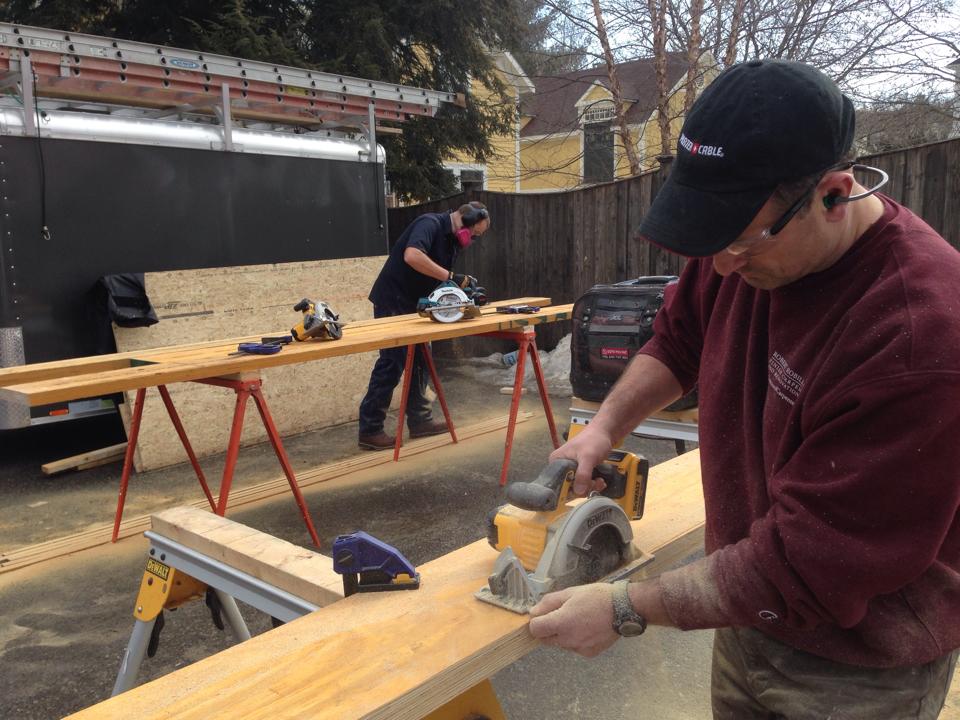
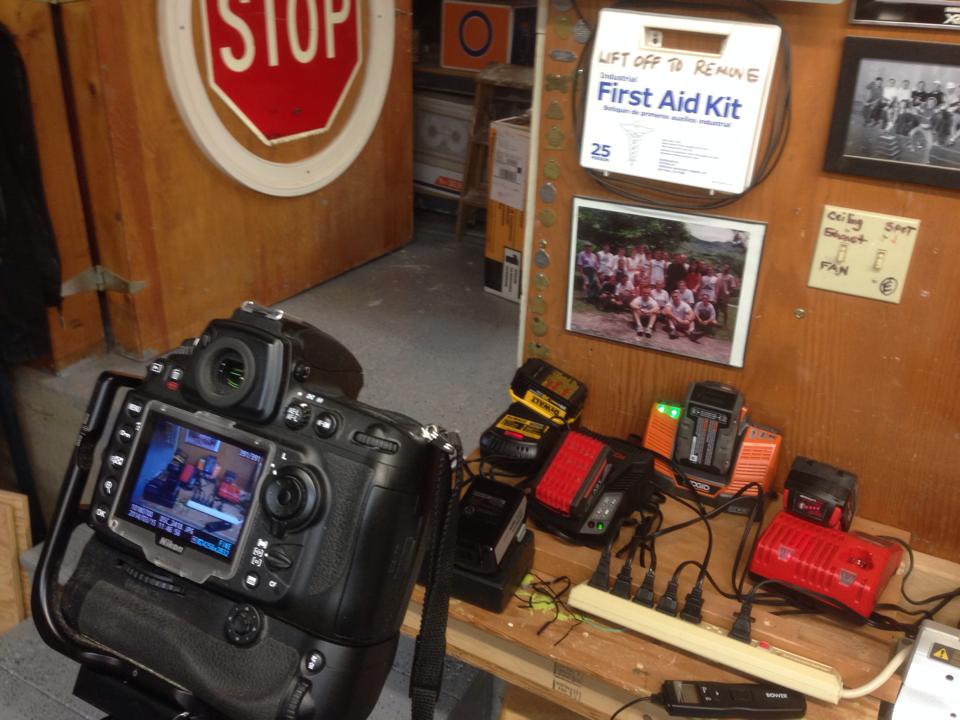
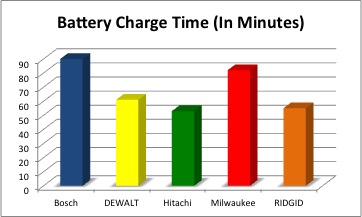
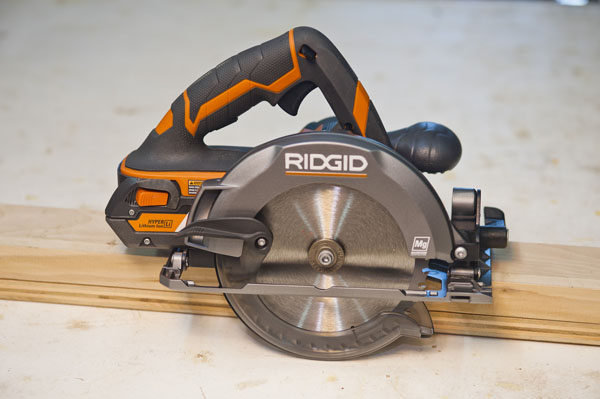
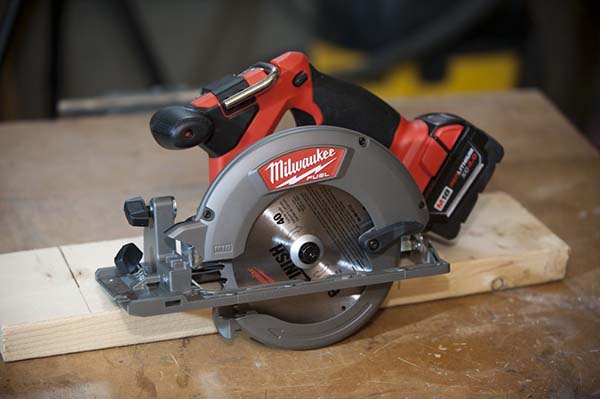
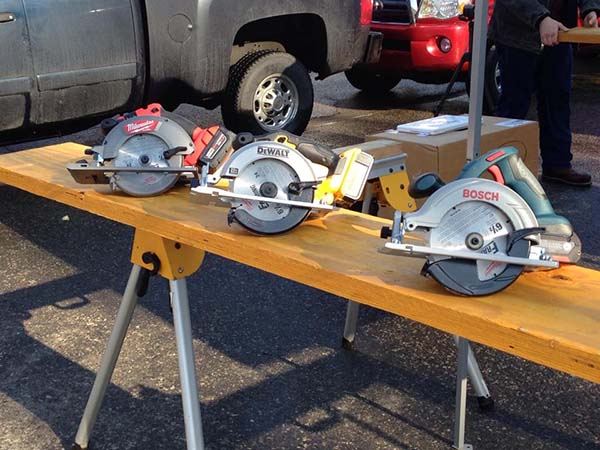




















 New Product Alert!
New Product Alert! 

 Tackling roofing projects like a pro with
Tackling roofing projects like a pro with
 Getting the job done right with the Vulcan We
Getting the job done right with the Vulcan We








[…] saws in 2016, to see who had the best in the industry at that time. Here are those comparisons: 2014 H2H and our 2016 […]